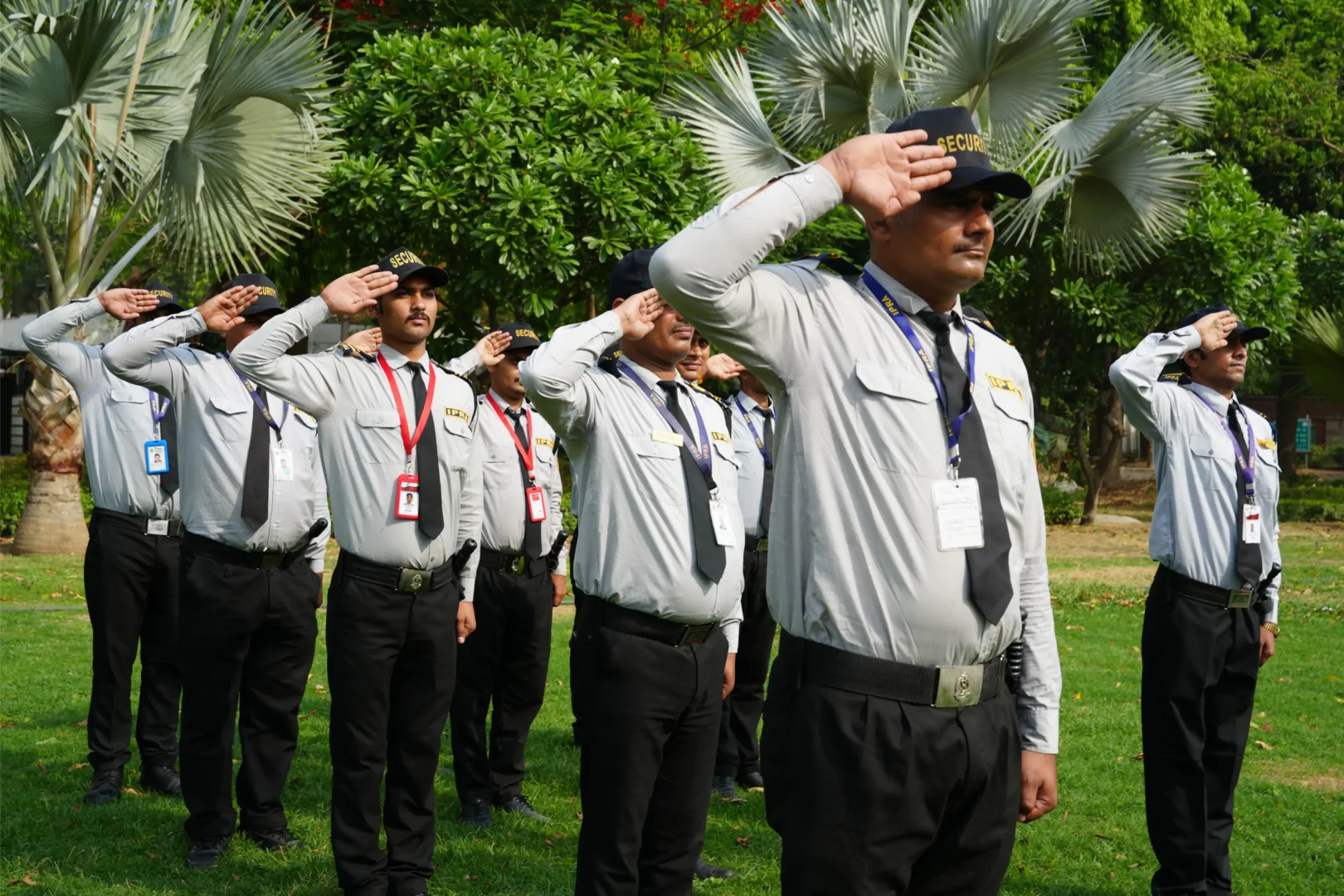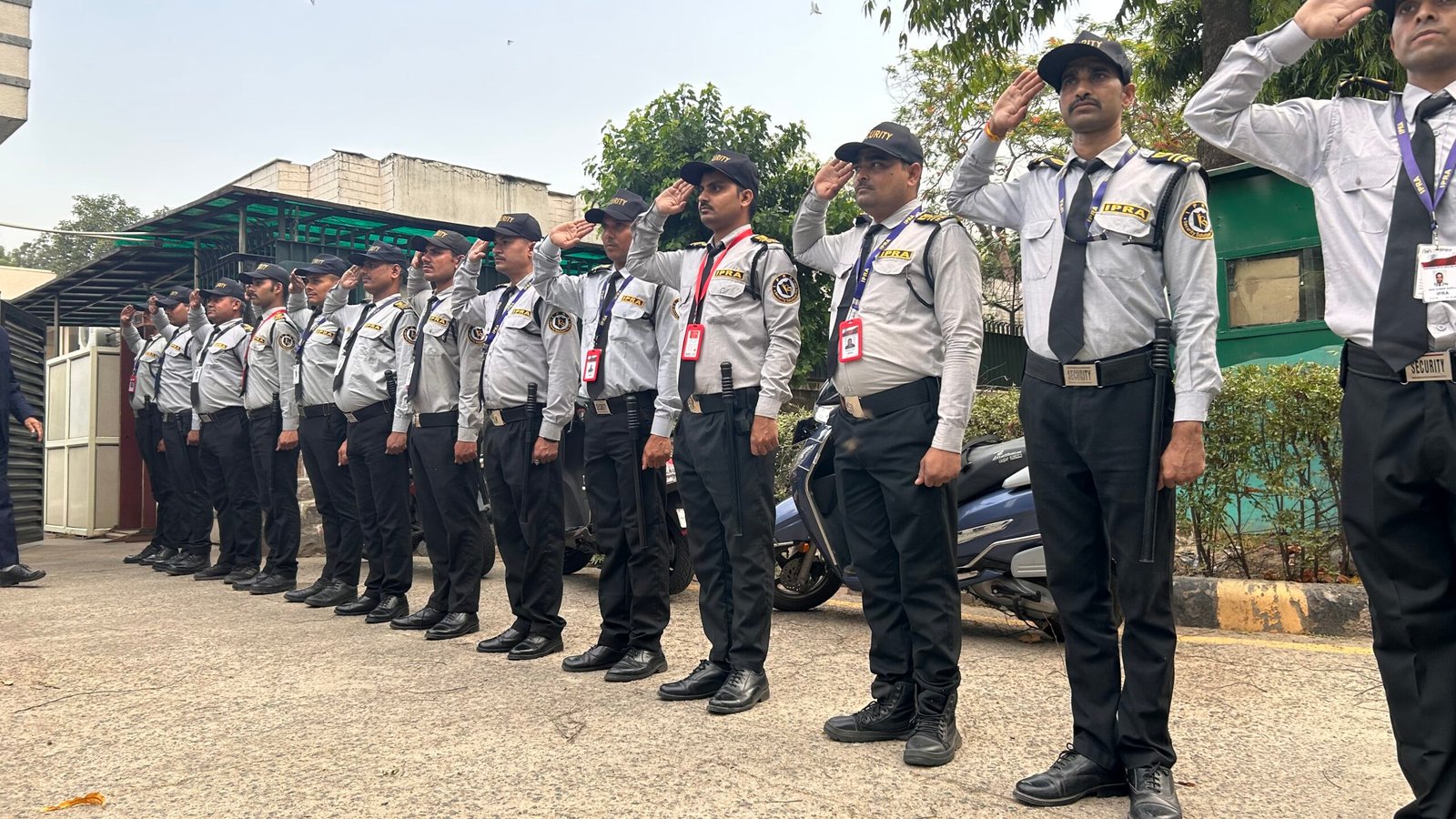Large public events such as music festivals, sports tournaments, and political rallies attract millions of attendees, and proper planning is needed to ensure the safety of the attendees at these events. The events have grown more complex and massive recently, so the need for public event security has increased much more.
The risk factors can be reduced at these events by designing the right strategies and making everyone present safe. This blog outlines key security strategies required to be successful in the good management of large public events. Large-scale security planning, crowd management, and response to emergencies are discussed as the above three areas.
Why is Event Security Important?
Even small issues can literally leap into chaos, injuries, and even the worst in a large gathering. Public event security is a matter of surveillance and designing systems that warn of potential problems before they become emergencies. With the increasing threats of terrorism, cyber-attacks, and even purely insignificant disturbances like crowd crushes, event security has to be fully balanced and well-rounded.
Key Strategies for Public Event Security
When planning public event security, one has to factor in the unique dynamics of each gathering. One size will not fit all. Decisions that have to be taken regarding venue, the expected crowd, and even the nature of the event determine how the security will be structured. But regardless of the specifics, here are some critical strategies that can ensure an event runs smoothly:
Comprehensive security assessments:
Forming a public event well is founded based on having risk analysis. Identify forms of potential threats, such as physical altercations and cyber vulnerabilities, to the firm and develop contingency plans for each. It may range from scanning for weapons at the entrance to immediately evaluating the surroundings for potential threats. As part of this strategy, collaborate with local law enforcement and deploy advanced surveillance technologies.
Effective Crowd Management:
Proper crowd management is very essential to the safety of any large-scale event. Proper crowd control ensures smooth entry and exit points, avoids overcrowding, and minimizes the opportunities for panic in cases of any emergency. Such strategies as fencing, barriers, and designated pathways can guide foot traffic and always ensure order. According to Research Gate, well-trained staff are also essential in crowd monitoring and managing activities, especially during peak periods when congestion is most likely to occur.
Large-scale security planning:
The backbone of any public event security strategy is large-scale security planning. This involves recruiting and deploying security personnel, investing in surveillance technologies, and maintaining command centers for real-time event monitoring. It also calls for adequate resource management of on-ground and digital threats. Therefore, security planning in the case of large events will involve coordinating with local authorities and first responders, ensuring a rapid, proper response to any security breach or emergency.
Utilizing Technological Advantage to Protect Public Events
Technology can enhance security and make operations easier if applied in security strategies during public events. Drones, facial recognition software, and AI-powered surveillance deliver real-time data allowing the security team to take the best possible action. Communication systems such as integrating different teams’ security staff, local law enforcement, and medical personnel ensure prompt coordination in cases of emergencies. Mobile applications that inform attendees of emergency exits, safety instructions, and updates can also enhance security.
Emergency Response: Preparing for the Unexpected
One of the primary steps of public event security is to prepare an individual for unexpected events. Whether it’s a medical emergency, a fire, or any other kind of disaster, having a clear emergency response plan can make all the difference between chaos and calm. This includes defined communication lines, trained personnel in place, evacuation, first aid, and emergency alerts. Coordination with local emergency services is one of the major factors for large events, where quick response times are indispensable.
For instance, most public congregations have embraced the “see something, say something” culture, where attendees are encouraged to report suspicious activity. Shared responsibility gives way to a safer environment and having available and ready emergency teams for quick deployment whenever needed.
The Role of IPRA Security Solutions
IPRA Security Solutions specializes in customized security solutions for large public events. From detailing the full risk assessment to crowd management and creating effective emergency responses, no event is too small or too big for us.
We customize our services according to the unique needs of each event. Whether providing on-ground security personnel or integrating cutting-edge surveillance technologies, and other security measures, IPRA can ensure your event is secure from start to finish.
FAQs About Public Event Security
Q1. What should lie at the heart of a public event security plan?
A good public event security plan tends to involve risk assessment, crowd control, emergency response, and liaison with local authorities and security personnel. This should ensure that incidents are prevented or, even if they happen, everyone attending should be safe.
Q2. How do you handle crowds in mega events?
Effective crowd management starts with proper planning, such as defining entrance and exit points, clear signage, and barriers guiding foot traffic. A secondary requirement would be that security personnel are well-trained enough to monitor the crowd for distress or potential hazards.
Q3. Why do you think the local law enforcement partnership is significant?
Cooperation with local law enforcement would strengthen security and ensure a unified response during emergencies. The fact that law enforcement could assist in surveillance, crowd control, and evacuation in an emergency scenario would provide invaluable insight into threats within the local area.
In Conclusion
Preventive, real-time monitoring and rapid emergency response constitute a well-thought approach to managing public event security in dealing with big crowds. Better crowd management and more efficient emergency response through large-scale security planning can ensure the safety of all participants at the event. With the right mix of trained personnel, technology, and strategic planning, public events can be fun and safe for everybody.







